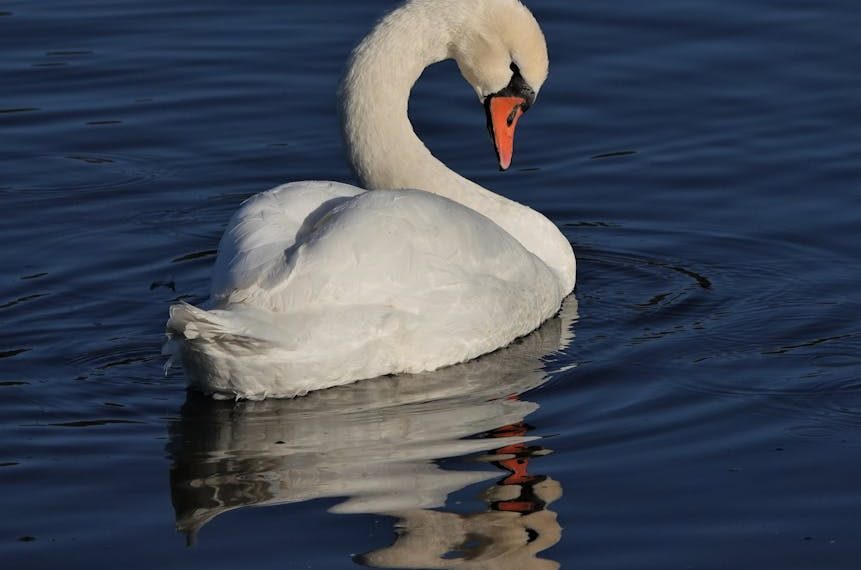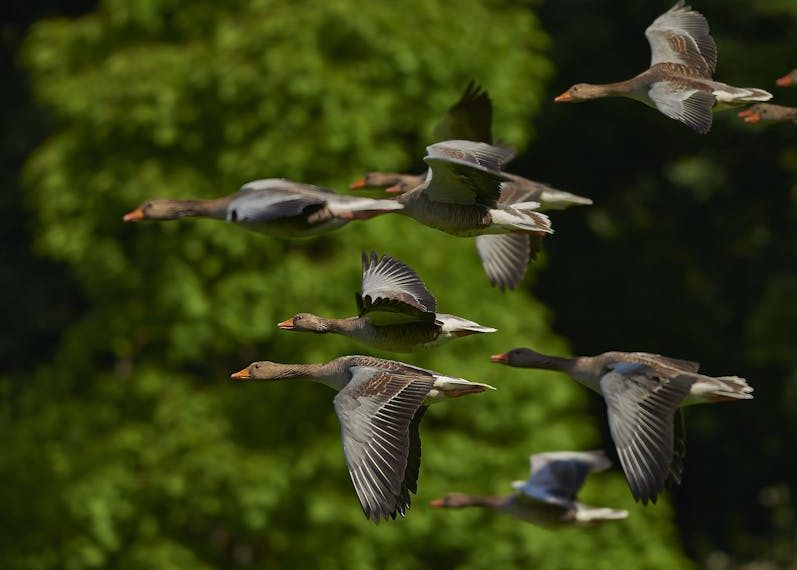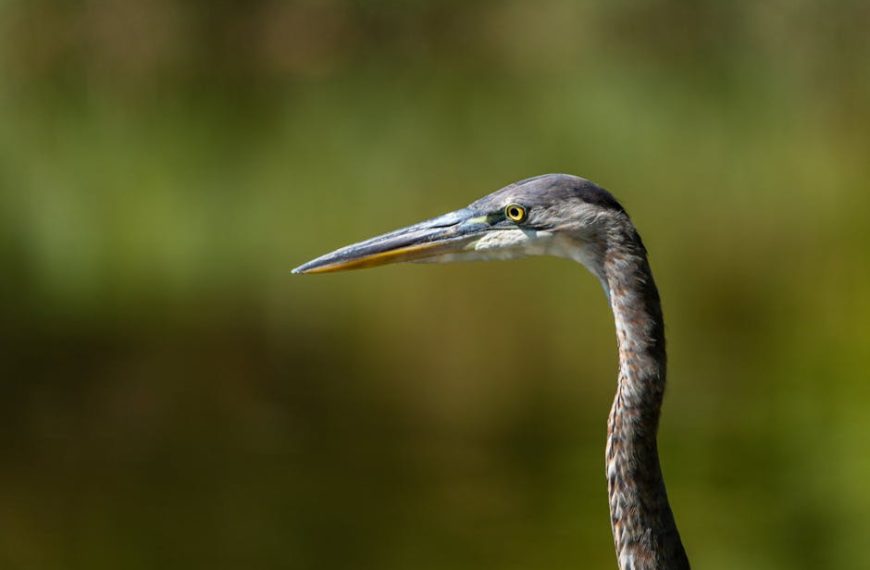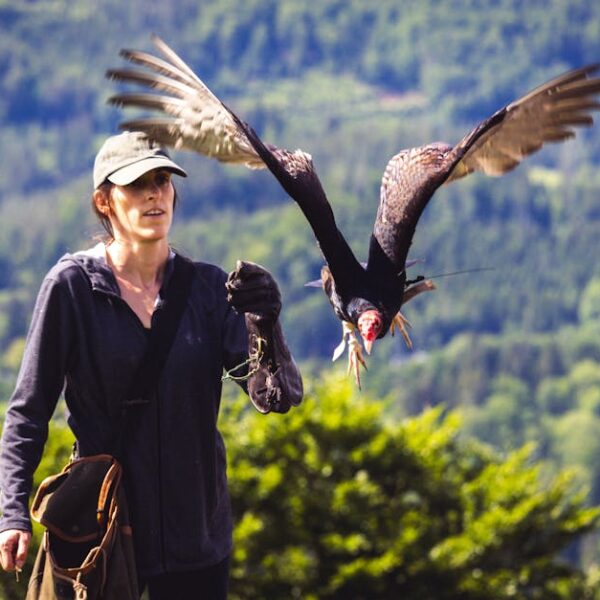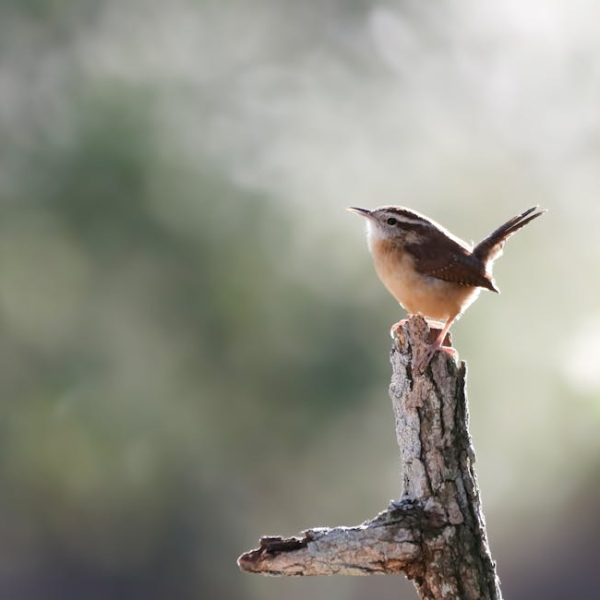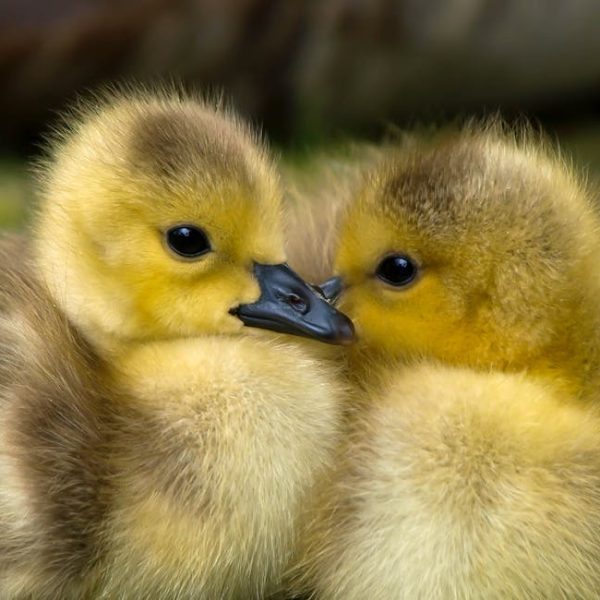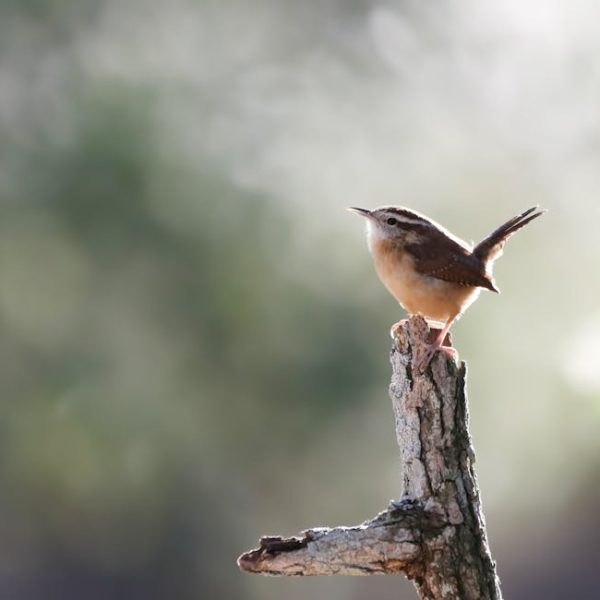Birds setting up home in your trees might seem like a welcome sign of spring, but sometimes, their presence can lead to inconveniences or even safety hazards. It’s crucial, however, to understand that removing birds from trees should be a thoughtful process that respects the wellbeing of our feathery neighbors and complies with local wildlife regulations.
Understanding Why Birds Choose Trees for Habitat
Trees are essential habitats for many bird species. By providing food, shelter, and nesting sites, trees become a preferred habitat choice. But these same appealing factors can complicate matters for humans when birds become a nuisance or pose a hazard. It’s important to decipher whether the inconvenience presented is great enough to warrant the removal of birds from their natural abode.
Trees attract birds for a multitude of reasons:
- Food availability: Trees offer a bounty of food sources, including insects, fruits, and seeds.
- Nesting areas: The diverse structure of trees grant several possibilities for nest-building.
- Shelter: Trees provide protection from predators and harsh weather conditions.
Benefits and Drawbacks of Bird Relocation
Relocating birds seems to be an easy solution, but it comes with its share of risks and benefits. On one hand, bird relocation can alleviate problems like property damage and noisy disturbances. On the other hand, the process could distress the birds, disrupt their natural life cycle, and even imbalance the local ecosystem.
The table below summarizes the pros and cons of bird relocation:
| Pros | Cons |
|---|---|
| Helps mitigate property damage | Can be stressful and harmful to the birds |
| Alleviates noise disturbances | Disrupts their natural life cycle |
| Reduces the risk of potential diseases | Potentially disrupts local ecosystems |
Non-Harmful Methods for Bird Removal
If the presence of birds proves to be genuinely problematic and their removal becomes necessary, there are several humane methods available. These methods aim to discourage birds from inhabiting the tree without causing them harm:
- Visual deterrents: Birds have aversions to reflective surfaces and predator-like shapes that trigger their survival instinct. Deploying objects like CDs, foil strips, or fake owl figures can deter them.
- Auditory deterrents: Similar to visual deterrents, there are certain sounds that make birds feel unsafe, such as distress calls or predator sounds.
- Physical barriers: Installing netting or bird spikes can inconvenience birds enough to abandon the area without harming them.
Remember, it’s essential to regularly relocate these deterrents for continued effectiveness.
It’s always better to consult with a wildlife expert on how best to implement these tactics safely and effectively.
Professionals Involvement in Bird Removal
There might be times when the bird removal process can become more delicate, requiring the assistance of professionals. Wildlife professionals, licensed arborists, or pest control services can provide the much-needed expertise in ensuring both the birds’ safety and minimal damage to your trees.
If you find yourself in any of the following situations, consider hiring a professional:
- There’s a large bird population in your property.
- The birds are of a protected or endangered species.
- The birds show aggression when you approach.
- The birds have caused significant property damage.
Pro Tip: Professionals provide humane methods of deterrence or removal and ensure compliance with all local wildlife regulations. Expect them to inspect the area, identify the species involved, formulate a suitable removal strategy, and possibly provide recommendations for future bird prevention.
Importance of Local Wildlife Laws and Regulations
Wildlife laws and regulations are in place to protect the harmony of our local ecosystems. It’s imperative to understand these regulations before taking up any bird removal activities. Not adhering to them can lead to hefty fines or even criminal charges.
Before you consider removing birds, here’s a checklist of legal considerations:
- Whether the bird species is protected under local, state, or federal laws.
- If it’s the bird’s migratory or breeding season, when certain activities might be prohibited.
- Whether any permits are required for bird relocation or nest removal.
- The local provisions for hiring professional bird handlers or pest control services.
In conclusion, finding a just balance between human convenience and bird conservation is crucial. Always remember to act responsibly and consult a professional or local wildlife authorities before deciding to remove birds from trees. After all, we share this planet with a multitude of species, each playing their role in maintaining a healthy ecosystem.
Key Takeaway:
- Understanding the reason why birds choose trees for habitat is the first step in dealing with bird issues. Determining their impact on human convenience is vital before deciding on removal measures.
- Relocating birds could both alleviate human-related problems and detrimentally impact the birds and local ecosystems.
- Non-harming bird removal methods, including visual deterrents, auditory deterrents, and physical barriers, should be safely and thoughtfully implemented.
- Professional involvement becomes crucial in delicate bird removal situations to ensure safe bird handling, minimal tree damage, and legal adherence.
- Understanding and adhering to local wildlife laws and regulations are necessary for any bird removal activities.
Even when birds can pose inconveniences or hazards, it’s essential that any removal efforts consider their well-being and the larger biodiversity in mind. As stewards of the planet, we can effectively mitigate these bird-related issues without causing harm, helping maintain a harmonious balance between human convenience and respect for nature.
FAQs
Q: What can I do if a bird has made nest in my tree during breeding season?
A: During breeding season, it’s essential to not disturb nesting birds. You can take preventative measures after the breeding season to discourage them from nesting in the same location in the future.
Q: How effective are visual and auditory deterrents in bird removal?
A: The effectiveness of visual and auditory deterrents can vary based on the bird species. It’s always suggesting consulting with a wildlife expert to tailor the most effective solution for your specific situation.
Q: What should I do if the birds in my trees are of a protected or endangered species?
A: If the birds are part of a protected or endangered species, you should immediately contact your local wildlife authorities for guidance. It’s illegal to harm or relocate these birds without the necessary permits.
Q: How can I prevent birds from causing property damage?
A: To prevent property damage, you can use a combination of non-harming deterrence methods, applicable local regulations permitting. If the damage is substantial, consider engaging a professional bird handler or pest control service.
Q: How can I identify the bird species that has infested my tree?
A: Identifying bird species can be challenging due to their appearance variations. Hiring a wildlife professional is the best approach if you need an accurate identification.
We hope this guide has helped increase your understanding of bird removal best practices. Feel free to share it with those who may find it beneficial. The more we know, the better we can cohabit our surroundings with the many living creatures that share our planet. Explore other related posts on our website to learn more about nature and wildlife management.

